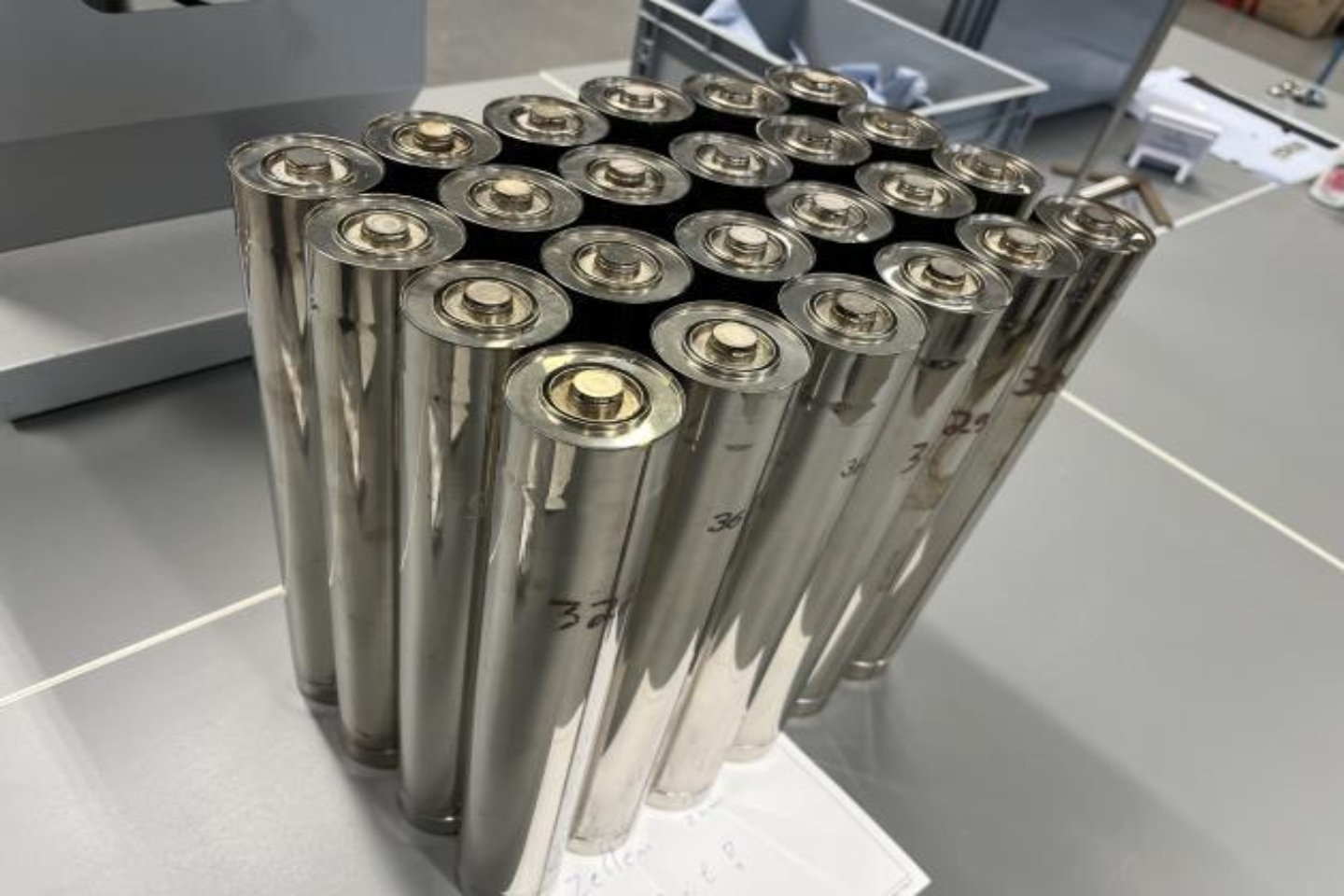Altech Batteries is getting closer to producing its Cerenergy solid-state battery pack that uses ordinary table-variety salt following an upgrade which has transformed its previously small trial batteries up to a 60kWh capacity. The upgrade came after Altech established a strategic joint venture with Germany’s Fraunhofer IKTS, which had initially developed battery packs with 5kWh and 10kWh capacities for testing.

Altech Batteries is getting closer to producing its Cerenergy solid-state battery pack that uses ordinary table-variety salt following an upgrade which has transformed its previously small trial batteries up to a 60kWh capacity.
The upgrade came after Altech established a strategic joint venture with Germany’s Fraunhofer IKTS, which had initially developed battery packs with 5kWh and 10kWh capacities for testing. The Cerenergy packs have been designed for renewable energy and grid power storage.
In September 2022, Altech confirmed it had entered into the JV with Fraunhofer in a bid to commercialise its Cerenergy technology, which is being positioned as a game-changing alternative to lithium-ion batteries in the electrical grid storage market. The JV is 75 per cent majority-owned by Altech and its associated entity, Altech Advanced Materials AG.
Then in November the same year, management revealed that the JV had designed and launched its new, more powerful Cerenergy battery pack that has a rated operating voltage of 600 volts at 100 amps. Two of the new batteries have since been subjected to rigorous performance testing with the aim of qualifying them for customer use.
Altech says the Fraunhofer pilot production line in Hermsdorf in Germany has been extensively revamped to accommodate the new and substantially bigger battery prototypes, including special tooling and machine design. The new batteries are 2.6m high, with a base measuring 40cm-by-1m.
The packs are designed to be dust and weather proof and can withstand low-pressure water jets from all directions.
The company says it has now procured from suppliers all the materials needed to produce its prototypes and manufactured half of the ceramic tubes required.
A Cerenergy battery consists of a ceramic tube which is conductive to sodium ions but an insulator for electrons, with a positive terminal in its centre. The solid ceramic tube (solid state technology) performs the same function as a liquid electrolyte in a lithium-ion battery, allowing sodium ions to transfer through it.
It says its cell assembly is progressing well, has only experienced low reject and defect rates to date and expects the prototypes to be completed by the middle of this year.
A single battery is comprised of 240 of Altech’s proprietary Cerenergy cells, which are each rated at 2.5 volts. The cells are organised in four rows of 12 and are stacked five modules high.
New products require new manufacturing techniques and as such, the company says its factory developed a vacuum chamber to enable the simultaneous filling of multiple battery cells with cathode material. It says it has also achieved promising results from its laser welding tests on the battery cells that were conducted by Germany-based Precitec GmbH & Co. KG.
Each prototype cell is checked after welding to confirm precise component alignment and closure. Once the cells pass the initial quality assurance, each one undergoes charge and discharge performance tests.
The company says all cells produced to date have demonstrated satisfactory results, and 50 per cent of the required cells have been produced, which it considers to be “excellent” progress.
The final steps in the process of manufacturing the internals of the full battery unit involve building the frame, busbars and electrical connections with an isolating frame assembly and welding the cells into the proprietary Cell Contacting System.
That work is being undertaken by German specialists Hofer AG, a supplier of powertrain solutions to multiple electrical and mechanical fields. Validation of electrical and insulation specifications and tolerances have been undertaken by both Hofer and Fraunhofer.
The final aspect to producing what is expected to become a long-lasting, precision and high-performing key equipment item that people expect to be able to rely on for years – maybe even decades – comes with the casing design, fitting and sealing. It includes testing through multiple heating and cooling cycles and ensuring vacuum insulation integrity.
The final assembly of the battery packs into their casings will take place after completion of cell production.
While the process appears to take some time, it must be appreciated that the new batteries are prototypes and every step requires meticulous care and testing. Once the units are proven, many processes will be streamlined for continuous production.
And with the jiggle of a salt shaker, Altech may just find itself riding the wave of the green revolution.
Is your ASX-listed company doing something interesting? Contact: matt.birney@businessnews.com.au















